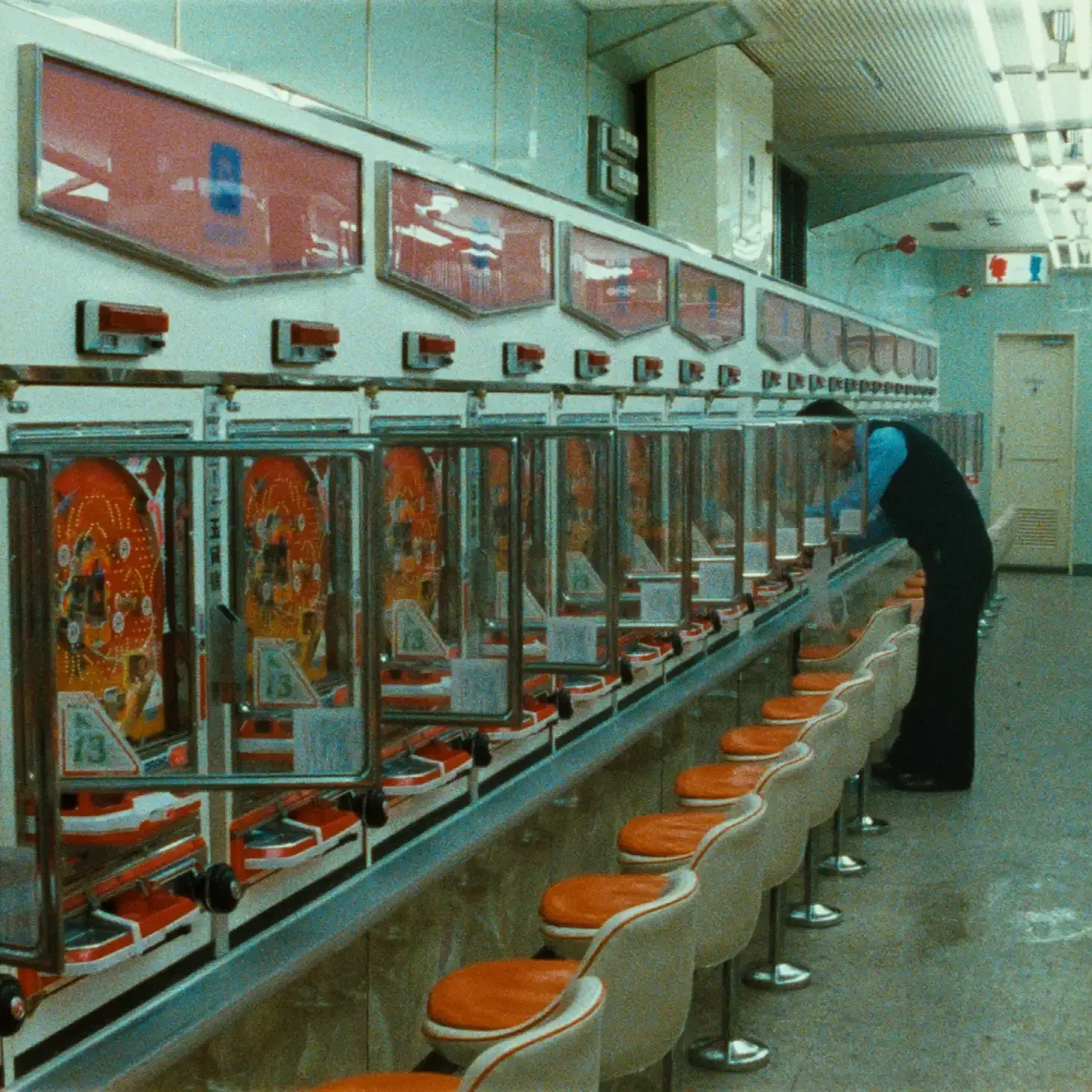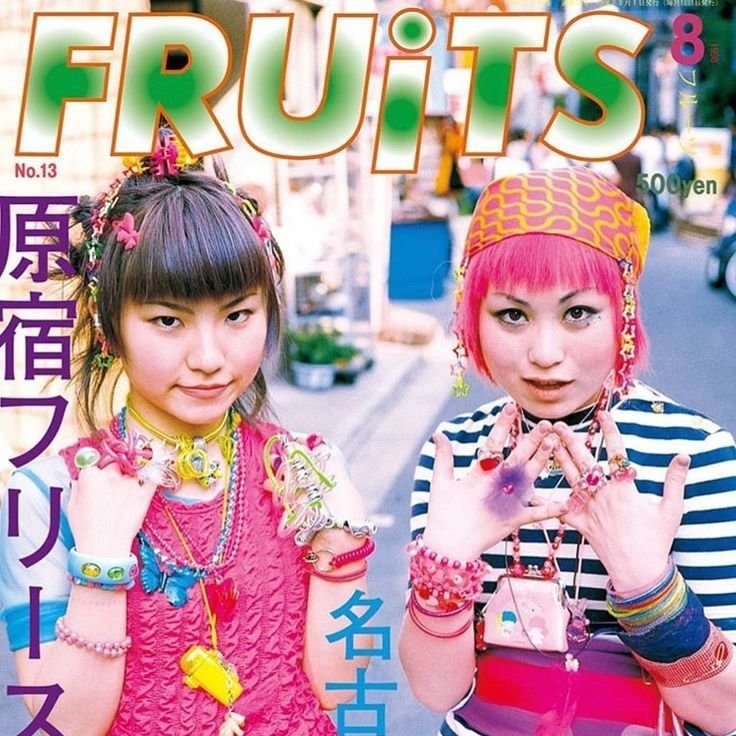Onitsuka Tiger - A Legend Laced in Dust and Blood
Uma Thurman wearing 1 of 1 Tai Chi Onitsuka Tigers│© Lionsgate
Onitsuka Tiger, a name that once stood for post-war recovery now sits comfortably at the intersection of heritage, fashion, and global street culture. Its stripes have walked Olympic podiums, martial arts dojos, and indie fashion runways. The shoes speak softly, but their history doesn’t.
A Brand Born from Rubble
The story begins in Kobe, 1949. Japan was still reeling from the war when Kihachiro Onitsuka, a former military officer, saw an opportunity not just to start a business, but to help rebuild morale. He believed that sport, particularly basketball, could inspire the youth and reforge a national identity. He founded Onitsuka Co., Ltd., with a single product in mind: athletic shoes.
His first attempts were clumsy. Early basketball prototypes fell apart. But he adjusted quickly. A key breakthrough came from observing how octopuses grip surfaces, which inspired the suction cup outsole used in one of his early designs.
By the 1950s, Onitsuka shoes had become the go-to for athletes across Japan. And in 1951, marathon runner Shigeki Tanaka wore Onitsuka shoes to win the Boston Marathon, a symbolic victory for a country trying to regain international respect. Onitsuka was growing a reputation beyond footwear, one of national soft power, wrapped in rubber.
Olympic Gold and Global Ascent
The 1960s marked the brand’s international breakout. Onitsuka began producing shoes for multiple sports, gradually refining what would become its most iconic design: the Mexico 66. Released in 1966 in preparation for the 1968 Olympics in Mexico City, this shoe introduced the now-famous crossed stripes on the side. It was sleek, low-profile, and performance-driven.
At the time, Japan was redefining itself globally, not just through economics, but through culture. Exported cars, cameras, and consumer goods now included sneakers. And Onitsuka Tiger led the charge, not by embracing Western trends, but by sticking to precision, functionality, and a uniquely Japanese approach to design.
In 1977, Onitsuka Co., Ltd. merged with two other companies to form ASICS. The name, short for Anima Sana In Corpore Sano, or “a sound mind in a sound body”, reflected a broader mission. ASICS focused heavily on technical performance footwear. Onitsuka Tiger, as a brand name, faded into the background.
But it never disappeared.
Onitsuka Tiger MEXICO 66 line for the 1968 Olympics│© Asics
Kill Bill and The Yellow Ghost
By the early 2000s, something shifted. In a world flooded with new tech, logos, and trends, people started looking backward. Nostalgia became currency. And the clean silhouette of the Mexico 66, especially in its bright yellow and black form, found new life.
It’s impossible to talk about Onitsuka Tigers without hearing the low whistle of Gheorghe Zamfir’s pan flute, echoing in Quentin Tarantino’s cinematic dojo. Uma Thurman’s Bride wore her Ontisuka Tigers like war paint. Paired with the Tigers, it was a resurrection suit. The resurrection of Lee. The resurrection of grit. Of revenge. Tarantino was reviving a symbol.
Suddenly, Onitsuka Tiger was cool again. Not in a performance-athlete way, but as a fashion artifact. A statement. A counterweight to chunky sneakers and hyper-designed silhouettes. The Mexico 66 looked almost modest. But that modesty carried cultural weight, especially among creatives and subcultural circles.
In Tokyo, it became part of a certain streetwear language. Think Shimokitazawa thrift kids, stylists from the underground Harajuku scene, or film school students with a soft spot for 70s noir. Abroad, it became the thinking-person’s sneaker, a way to show you knew your history, without having to say it.
Onitsuka Today - Legacy Worn Lightly
Today, the brand operates as both a heritage label and a design laboratory. While ASICS continues pushing performance tech, Onitsuka Tiger focuses on lifestyle. Collaborations with designers like Andrea Pompilio blend classic silhouettes with avant-garde detailing. Meanwhile, limited edition reissues of 70s and 80s-era models continue to appeal to collectors and fans of vintage sportswear.
What sets Onitsuka apart is its restraint. Every line on the Mexico 66 is intentional. The stripes are always aligned with a silhouette that doesn’t scream. And it still wears well with a suit of revenge.
There’s a reason the Mexico 66 feels at home on both Olympic tracks and arthouse film sets. It was never meant to be fashionable, but it became so by accident.









Explaining the glue between anime, fine art, toys, and fashion.